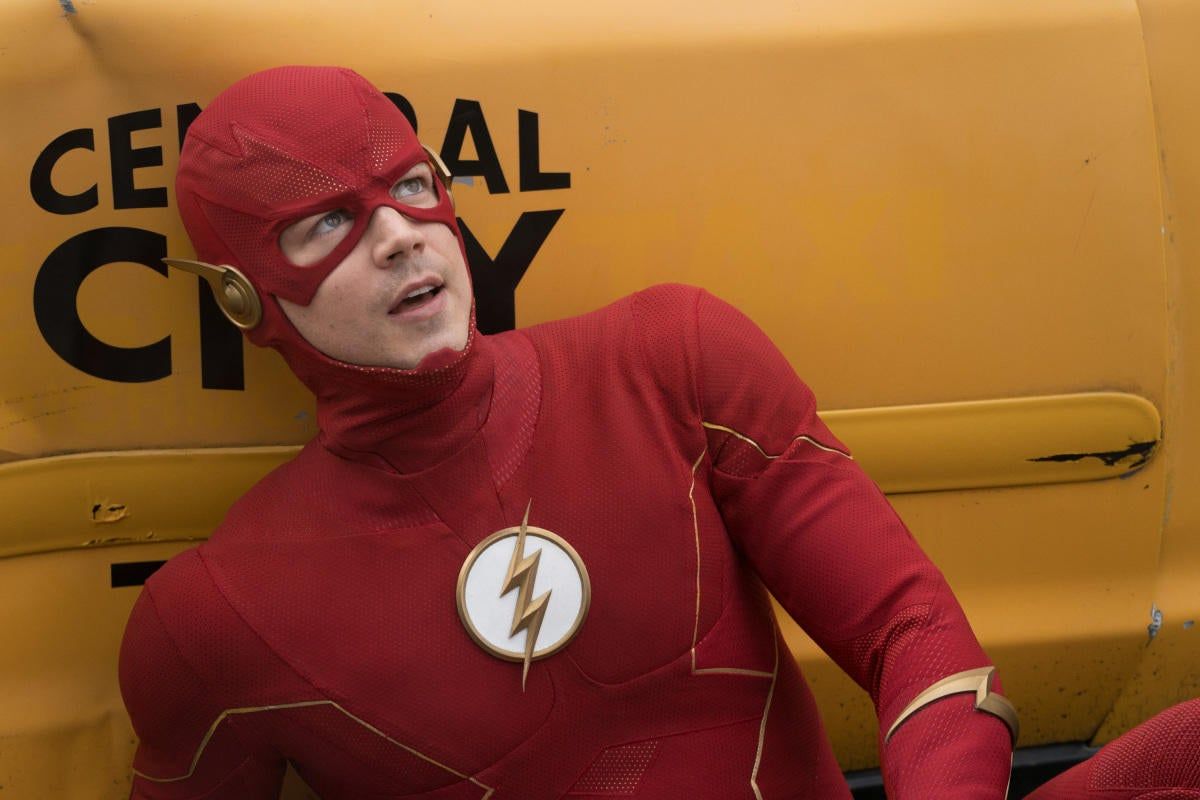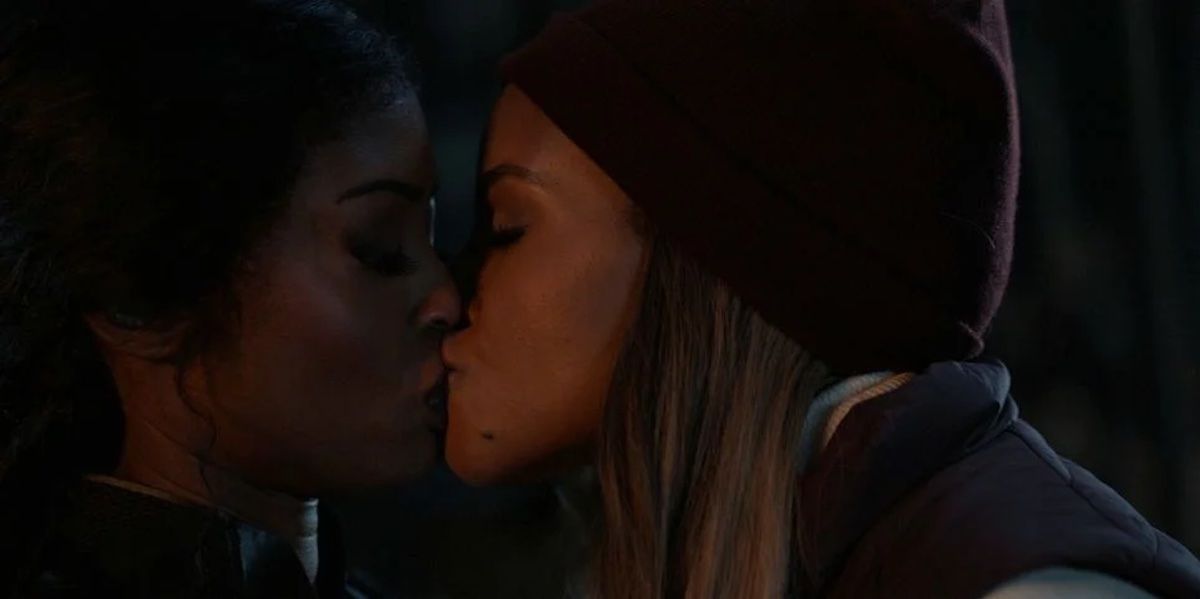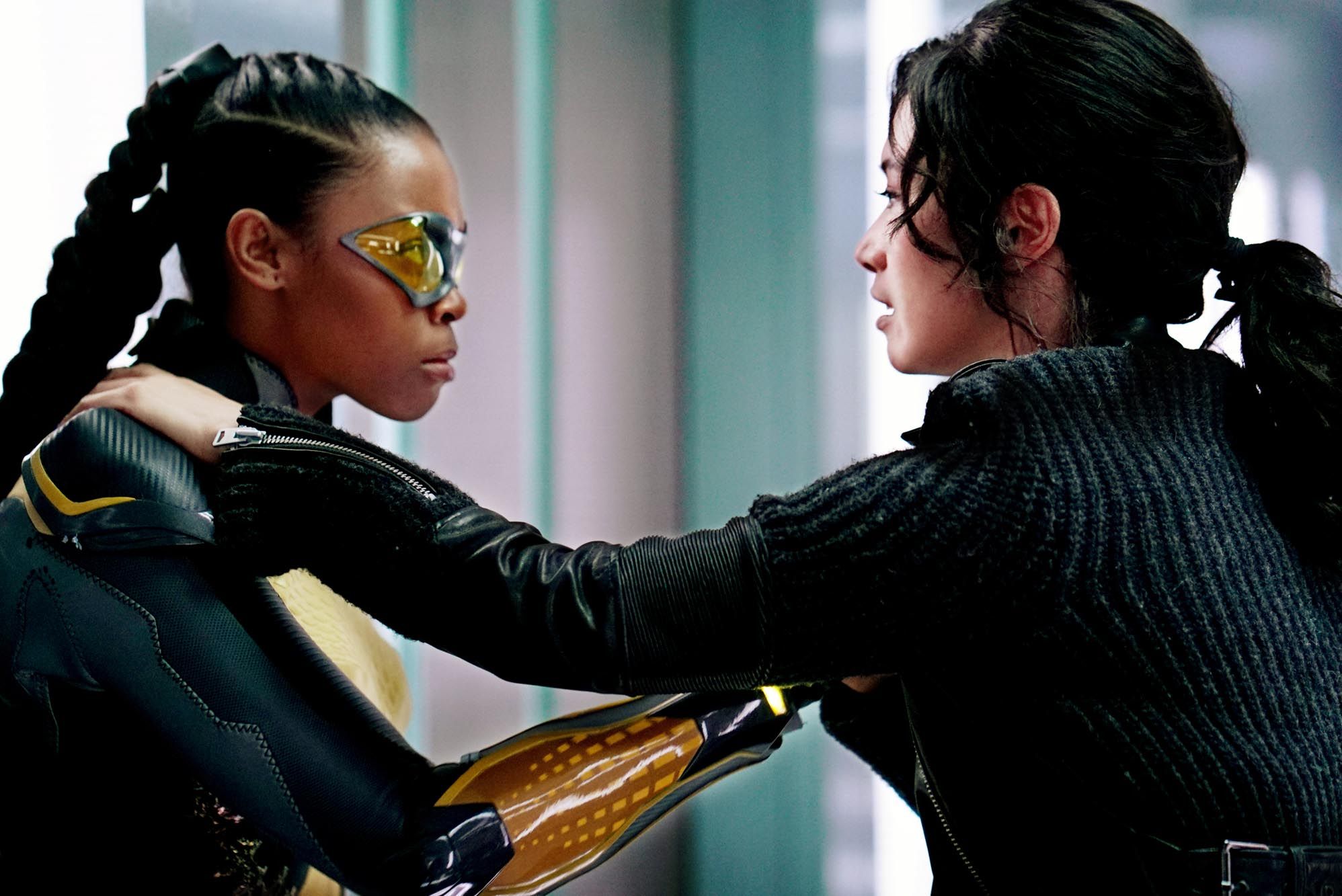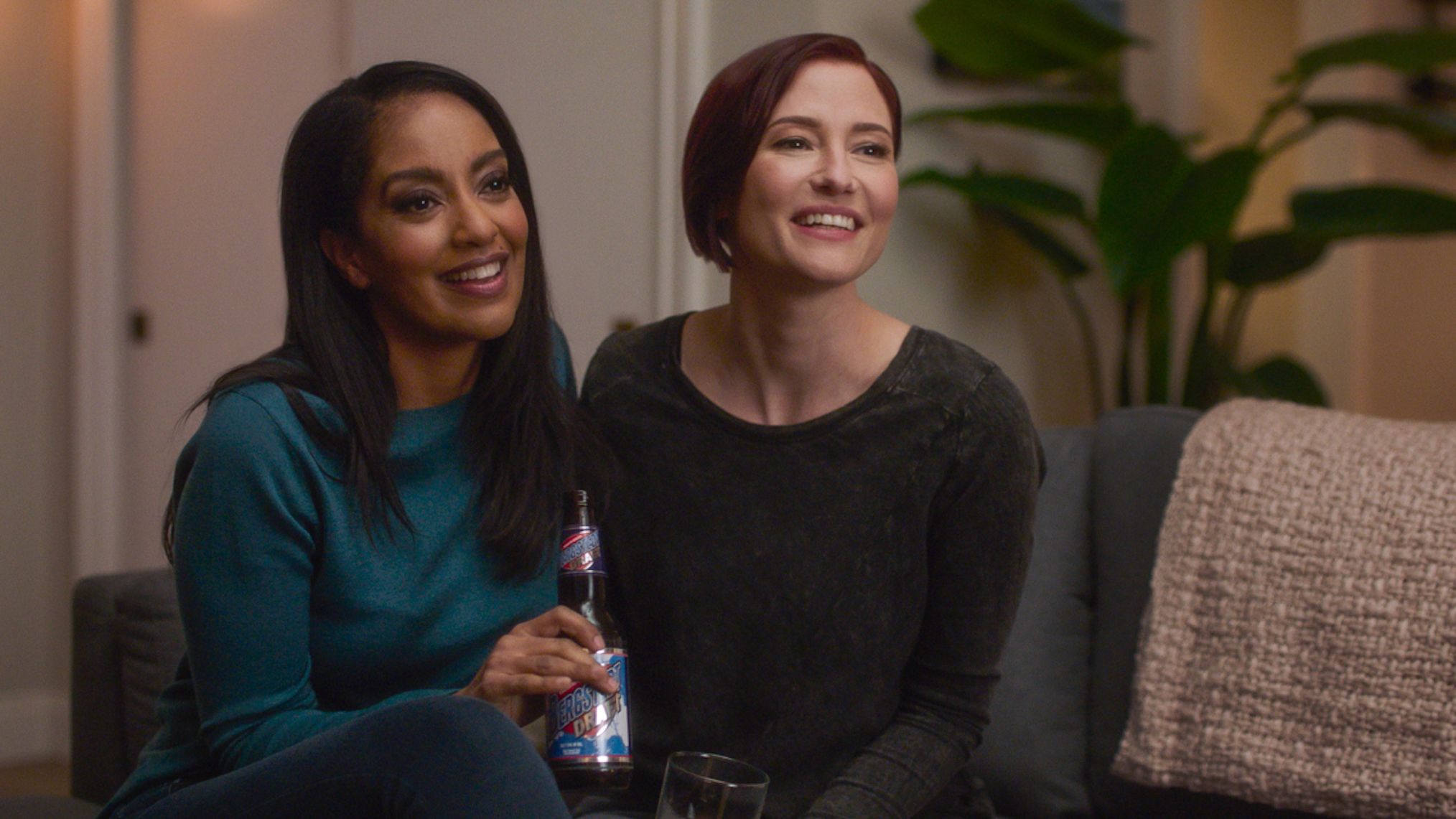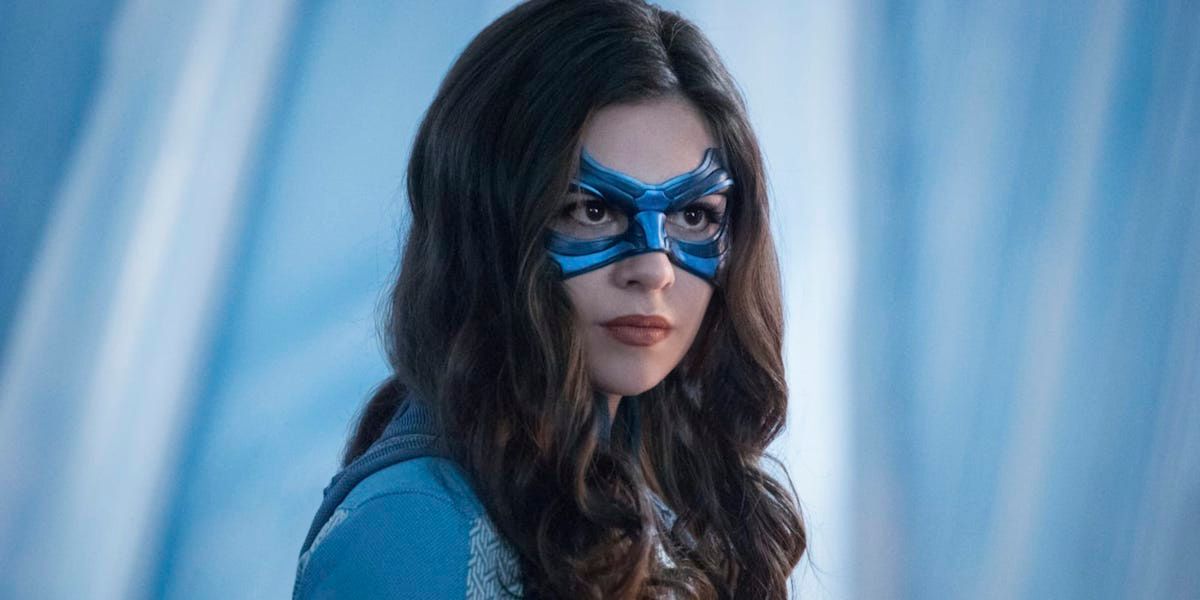Following the untimely cancellations of Batwoman, DC’s Legends of Tomorrow, and Naomi, the Arrowverse is down to only two shows. The Flash and Superman & Lois are currently on air and both shows will return for a new season, alongside off-shoot (and formerly DC Universe show) Stargirl, which was also renewed for another season, though there are no updates about future seasons. It seems that the cancellations were a call made by Warner Bros. not The CW, as was originally thought.
Despite that, DC Comics adaptations are still slated to debut on the small screen. Gotham Knights has been ordered to series and a Green Lantern show is also in the works. Non-CW animated fare like Harley Quinn and Young Justice continues to draw fans. We’re living in a golden age of superhero and comic book adaptations on the small screen, and at least some of it needs to be credited to the arrival of Arrow in 2012. The show filled a void for DC Comics shows following the end of Smallville, and it spawned a franchise that included some of the most diverse superheroes we’ve ever seen on screen.
The creators of the Arrowverse correctly identified a problem with long-standing comics—there just isn’t that much diversity in comics that are decades old. However, the characters are beloved and as the boom in superhero fare has proved, viewers crave more. Instead of toeing the line, creators Greg Berlanti, Marc Guggenheim, and the rest of the team took the time to modernize the cast of characters. If there’s one thing that Warner Bros. needs to take away from the success of the Arrowverse, and the massive support for the newly canceled shows, it’s that representation matters.
Oliver Queen (Stephen Amell) may have kicked off the Arrowverse as the white hero of Arrow, but he was ably aided by his friend, former soldier, and eventual superhero John Diggle (David Ramsey), a Black character written specifically for the show. Diggle has become such a fan-favorite that, even though Arrow has long concluded, he still appears in other Arrowverse shows, and is scheduled to star in the spin-off Justice U.
The casting of Candice Patton as Iris West on The Flash, a historically white character in the comics, has continued to be a topic of conversation. Patton has faced a lot of vitriol from bigoted fans over the years. Still, a Black woman playing the primary love interest and then the co-team leader has made a huge impact on viewers, especially young Black girls who’d rarely seen a character like Iris in superhero shows before. A Black Iris West meant her half-brother and beloved comic book hero Wally West/Kid-Flash was played by Keiynan Lonsdale, who has Nigerian heritage. DC’s comic books have since created a second Kid-Flash who is also Black.
Genre television still struggles to cast actors of color in the lead, but when Ruby Rose, star of Batwoman, left the show, the showrunners decided to create a new character Ryan Wilder (Javicia Leslie) to tell a different story about Gotham, one that looked at the ground-level problems of systemic racism. The show had an expansive cast of characters of color, including two lesbian leading ladies. Just a couple of years prior to Ryan leading Batwoman, the Arrowverse debuted Black Lightning, a show with a majority POC cast, centered around a Black family fighting to protect their majority Black town.
A lot of the time, Hollywood’s idea of diversity is to add Black cast members, but Arrowverse expanded the representation of their cast with Asian actors like Nicole Kang, who played Mary Hamilton on Batwoman, Staz Nair as William Dey on Supergirl, as well as Tala Ashe and Shayan Sobhian who played the Persian siblings Zari and Behrad Tarazi on DC’s Legends of Tomorrow. These actors catered to a demographic that is still poorly represented in superhero television.
The Arrowverse has also been at the forefront of telling queer stories in a genre that still has far to go in that arena. In the second season of Arrow, Sara Lance (Caity Lotz), then the Black Canary and the season’s primary love interest, came out as bisexual. When she became the lead of DC’s Legends of Tomorrow, Sara’s queer identity became a badge of honor. At the time of cancellation, Sara and her wife Ava Sharpe (Jes Macallan) had just discovered they were having a baby.
On Black Lightning, one of the main characters, Anissa Pierce (Nafessa Williams), was an out and proud lesbian who ended the show happily married to her girlfriend Grace Choi (Chantal Thuy), demonstrating one of the still rare instances of an interracial couple who aren’t white.
LGBTQ+ representation got a major boost in the franchise with Supergirl. Alex Danvers (Chyler Leigh), another character created for the franchise, was Kara Danvers’ (Melissa Benoist) adopted sister, and one of the rare examples of an adult character coming to terms with her sexuality later in life, as Alex did in Season 2. She went on to love and lose her first girlfriend Maggie Sawyer (Floriana Lima) before finding the love of her life, Kelly Olsen (Azie Tesfai), another character written for the show. Supergirl was also the show where the first transgender actor, Nicole Maines, played a transgender superhero. Nia Nal, an ancestor of the DC Comics character Nura Nal, was created for the screen and has since appeared in comic books. There are still very few (well-written) transgender characters in mainstream comic books, and now Nia Nal has joined the fray.
The addition of these characters meant the superhero world that they inhabited looked a lot more like the real world—it allowed communities that had, for far too long, been underrepresented on screen to feel included. And the best part of the Arrowverse was that it was inclusive, not just diverse. Characters like Diggle, Ryan, Nia, Sara, and Alex were part of the fabric of the shows they starred in. While their marginalized identities informed their actions, they weren’t completely defined by them. The Supergirl showrunners chose to only feature one episode about transphobia, but Nia’s transgender identity was something she proudly announced to National City. Ryan being stuck in a cycle of poverty fueled her need to become a hero, and now she’s the CEO of Wayne Corporation. Zari and Behrad were the tech geniuses (and Zari 2.0 was a fashion genius) and their Islamic heritage only occasionally appeared on-screen to add to their background.
Though the franchise didn’t always get things right—the showrunners cast white actor Matthew Nable as Ra's al Ghul and race-bent half-Black character Julia Pennyworth (Christina Wolfe)—the Arrowverse pushed the boundaries of representation in the superhero landscape and that’s percolated to other DCTV properties; one could argue that the Arrowverse’s impact can even be felt in the DC Extended Universe films.
Since Patton’s debut, Kiersey Clemons was cast as Iris West in the DCEU and will appear in the long-delayed The Flash film, adding more diversity to the big screen. Other DCTV shows have also taken a leaf out of their book—Anna Diop plays the alien character Starfire on Titans, while characters like Slade Wilson, Rose Wilson, and Jericho Wilson were played by actors of color Esai Morales, Chelsea Zhang, and Chella Man. Man also became only the second transgender actor, and first deaf actor, to play a superhero in the DC Comics show. Meanwhile, a new Black character, Leota Adebayo, was written into the Peacemaker television series with Danielle Brooks playing her. Brooks also brings some much-needed body diversity to the superhero genre, and one can hope that she’s the first of many more.
As the Arrowverse shrinks, more and more superhero properties are following in the franchise’s footsteps. Though the Marvel Cinematic Universe strictly adhered to its comic book origins when casting characters—Annette Bening as Mar-Vell in Captain Marvel and Carrie-Anne Moss as Jeri Hogarth on Jessica Jones were the rare exceptions of modernized casting—now we have a film like Eternals, with Chloe Zhao’s sprawling cast of diverse characters and Moon Knight that starred a Latino lead in Oscar Isaac and an Egyptian-origin female lead played by May Calamawy. And The Umbrella Academy has updated one of its main characters, Viktor Hargreeves to accurately reflect actor Elliot Page’s transition.
The creation of characters like John Diggle, Ryan Wilder, the Tarazis and Nia Nal, plus the queer storylines for Sara Lance and Alex Danvers, demonstrated how the Arrowverse's creative team was willing to update old source material to be more inclusive and modern. Though the franchise wasn’t perfect, it made waves when others like the MCU and DCEU were still being conservative, shielded by their dedication to the existing canon. Whatever flaws the Arrowverse has, the franchise’s legacy will always be how it made representation look effortless and necessary.
The imminent demise of the Arrowverse, brought on by the cancellation of some of its most diverse content, has made the superhero landscape that much poorer and less inclusive. What Warner Bros. can do is to replace these shows with more properties that showcase the vibrant global society that we live in, because being different is only normal.

.jpg)
